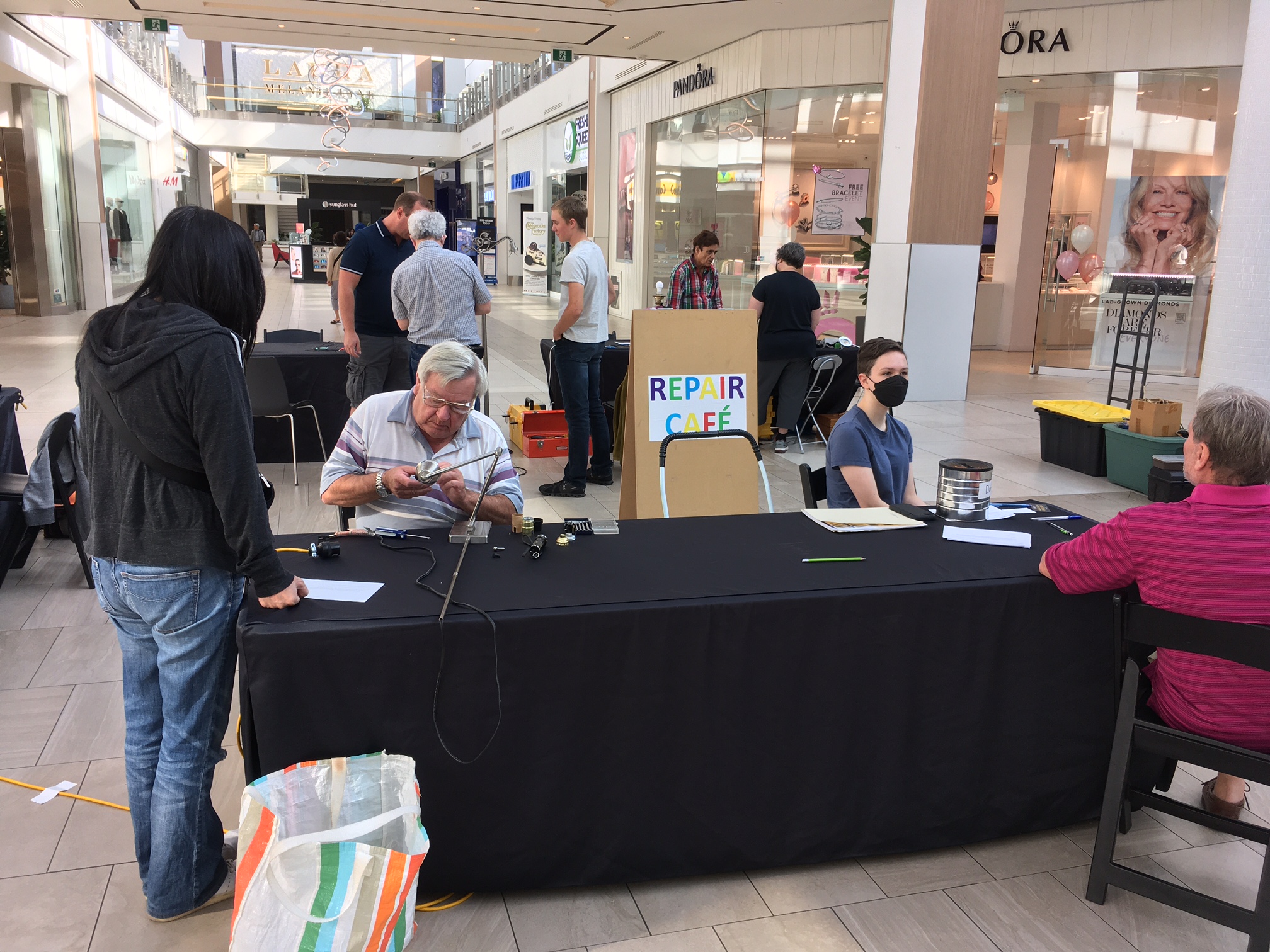A young Burlington woman has written a book about her experience with a bout of psychosis with the aim of breaking down barriers for others. Well, That Was Strange: A True Story About a Young Adult Who Learned to Live With Manic Psychosis by Bailey Telo came out last month, perfect timing for May, which is Mental Health Awareness Month.
Telo wants people to know that it is okay to talk about our mental health challenges – and in fact, we will all benefit from talking more because people experiencing such issues will feel less alone. And she is walking the walk: her book, details both her own experience with manic psychosis and her journey back to herself, alongside the resources that helped her get there. Now, she says, mental health advocacy is her passion; “I live and breathe mental health.”
Telo’s mental health story began at Wilfrid Laurier University, where she went for communication studies. Instead of being her normally bubbly and outgoing self, she found herself alone in her dorm, feeling depressed and negative. Therapy was available at the university, but she dreaded those appointments — “I didn’t think it would work, I would rather stay in bed; I was not in the right headspace for therapy,” Telo explains.
The depression got so bad that she left university and came home to Burlington.
She remembers having a very high, elevated mood once she was back home with her family. Soon, the hallucinations started as psychosis set in.
Telo was only 18 years old when this all happened. “I never expected this to happen to me,” she says, describing her three-week ordeal with psychosis and hallucinations as “super scary.” Psychosis, Telo explains, is a term “used to describe conditions that affect the mind where people have trouble distinguishing between what’s real and what’s not.”
The Centre for Addiction and Mental Health notes that psychosis is a symptom that can be part of a number of mental illnesses, including bipolar disorder, schizophrenia, depression with psychotic features, and delusional disorder. There are “positive” symptoms and “negative” symptoms of psychosis, which is not a value judgement, but has to do with whether the symptom “add[s] to or distort[s] the person’s normal functioning” (positive symptoms; these include hallucinations, delusions, and disorganized speech, thoughts, or behaviour), or reduces normal functioning (negative symptoms; these include problems generating thoughts or ideas; restrictions in emotional and facial expression; and a decrease in the ability to start tasks, amongst others).
During her most significant psychotic episode, her mom began calling around, desperate to get Telo immediate help. Enter the Phoenix Program at Joseph Brant Hospital.
The Phoenix Early Intervention in Psychosis Program is an out-patient, recovery-focused program that takes a team approach to helping people aged 14 to 35 years old. Telo notes that her team included a psychiatrist, a therapist, and an occupational therapist, who worked with her to get the right medications, do therapy sessions, building her confidence back up, and help with goal-setting; she took part in this program for three years, and still has regular check-ins.
She also went back to school, graduating from Sheridan College’s journalism program last year, and has continued working in a managerial role at Victoria’s Secret. She feels like herself again, and says that the episode taught her “how fragile and interesting the brain can be.”
And now, of course, she is spreading the word that it is okay to ask for help, and it’s okay to talk about your mental illness, even though it is frightening. The more people talk about mental illness, the less stigma will surround it, and her book is part of her personal efforts in that regard.

What makes Well, That Was Strange particularly eye-opening is that it contains Telo’s journal entries from the midst of her psychotic episode. She was writing daily logs of how she was feeling, and what she was seeing and hearing as it was happening; when psychosis is actively occurring, “You’re not really yourself, and don’t really know what’s happening,” Telo notes.
She now remembers some of the hallucinations vaguely, in broad strokes, “but some is a blur.” It was enough to allow her to piece together a very personal and authentic account of psychosis.
There are also chapters on the time leading up to the psychosis; symptoms of psychosis; body image, which was something that Telo had to work on following physical changes caused by her medications; journalling, which, for Telo, has been a five-year process; and resources for people who need mental health help. Always a very creative person, Telo also designed and drew the cover of her book.
And now Telo is thriving in the present, and looking at a bright future ahead of her (with maybe another book in future?), though she notes that she still values and loves going to therapy — “Talking to someone outside your life is a good way to get it all out.”
Ultimately, Telo wants everyone to know that they can and should “feel their feelings” and, most importantly, “Don’t be embarrassed or ashamed [about mental health issues] — know that it’s okay to ask for help, that’s the first step.”
You can find Well, That Was Strange: A True Story About a Young Adult Who Learned to Live With Manic Psychosison Amazon.ca.
Sources:
Centre for Addiction and Mental Health. n.d. Psychosis. Url: https://www.camh.ca/en/health-info/mental-illness-and-addiction-index/psychosis (accessed May 17, 2023).



